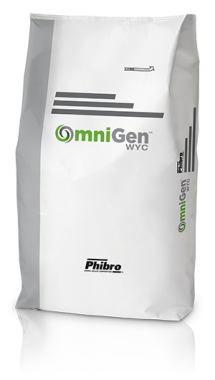Optimize Cow Comfort and Health to Help Decrease Mastitis Incidence
Dr. Rodrigo Souza Explores the Risks and Indications of Subclinical and Clinical Mastitis
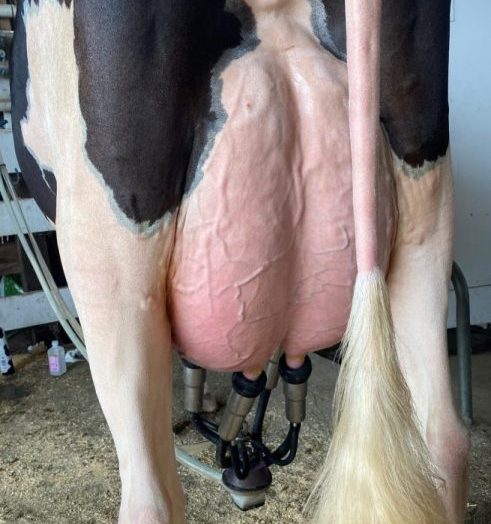
Mastitis, or inflammation of the mammary glands, is an expensive disease that may be prevalent in up to 97% of dairy replacement heifers that are bred or are of breeding age on some farms1. The high prevalence is largely due to mastitis often going unrecognized until it’s taken hold in the herd. And since subclinical mastitis is often asymptomatic, it’s a disease that can easily sneak up on producers.
“Although it’s the most prevalent and costly type of mastitis, there are no visible signs of subclinical mastitis,” says Dr. Rodrigo Souza, Senior Technical Services Manager for Phibro Animal Health Corporation. “Somatic cell count levels offer producers the best early indications of subclinical mastitis and increased risk for clinical mastitis. Producers can also perform randomized milk cultures to test for pathogens if they sense that something is affecting the herd.”
Dr. Souza spends a lot of time visiting dairies, supporting producers and helping them to optimize herd health and profitability. He says that part of their frustration with mastitis lies in the fact that it can seemingly occur anywhere. “Incidence of mastitis varies greatly across all types of dairies, from dry lots to free stalls and in all types of operations,” he says. “There are often just two common denominators for identifying risk: cow health and environment.”
Extreme weather conditions can set the stage for mastitis at all lactation stages, according to Dr. Souza. “There are two distinct periods when I see more mastitis on the farm: the first, when we have high humidity and the second, when we have heat stress,” he says. “During these conditions, we often see spikes in mastitis along with elevated somatic cell count. Furthermore, a cow’s immune response decreases during periods of stress, presenting an opportunity for mastitis to occur.”
Environmental factors and cow health not only determine whether mastitis may occur; they also often determine whether a case of subclinical mastitis might deteriorate to become clinical or chronic.
“Inappropriate milking procedures or a poor environment can increase the cow’s exposure to mastitis-causing pathogens,” Dr. Souza warns. “When a cow’s ability to fight those pathogens is compromised — when her immune system is weakened or when she is malnourished — that’s when we start to see higher cases of clinical mastitis.”
While healthy cows typically clear the disease, a cow with a compromised immune system is more likely to develop an infection that can deteriorate into clinical or chronic mastitis, which is often marked by scar tissue and decreased milk production. This makes it imperative to support a strong immune response. OmniGen® nutritional specialty product supports a strong immune system, which can lead to a better response against mastitis-causing pathogens and a strong immune system has been proven to help reduce somatic cell count both in the field and in research trials.
Dr. Souza recommends that producers monitor somatic cell count for a threshold of 200,000. “Anything above this level and we start increasing the risk for clinical cases of mastitis developing,” he says.
Fresh cows are especially prone to clinical mastitis. “At less than 30 days in milk, this can be very costly for a producer in terms of milk production,” Dr. Souza says. “Clinical mastitis at this time can impact her entire lactation and may result in premature culling of the animal.”
He says that isolation and early treatment are best, and he advises producers to train their teams. “Train the people who are doing the milking so they can observe the cows and identify mastitis early on,” advises Dr. Souza. “The more information you have and the earlier you have it, the better you’re able to tailor and administer treatment. Consider cultures to help identify the pathogens and use intramammary mastitis tubes accordingly. Systematic antibiotic treatments are also effective tools for managing severe cases of clinical mastitis.”
Digital tools, like the mastitis calculator that was developed by the University of California Davis, can help producers determine the costs of clinical mastitis in lactating dairy cows. “Producers may not realize all the hidden costs of mastitis,” says Dr. Souza. “There are many factors to consider, including diagnostics and treatment, decreased milk values, discarded milk, premature culling and reproductive losses. But beyond these economic losses, producers could see changes in milk composition, reduced shelf life and, of course, basic animal well-being. By maintaining a clean and comfortable environment and prioritizing cow immunity and health, producers can help to potentially decrease the occurrence of this common, costly disease.
For more information about mastitis, contact your local dairy advisor or visit www.theOmniGenDifference.com.
1Nickerson, S. C., et al. PAHC Reference OG010413. Available upon request.
OG380722GLB ©2022 Phibro Animal Health Corporation. Phibro, Phibro logo design, Healthy Animals. Healthy Food. Healthy and OmniGen are trademarks owned by or licenses to Phibro Animal Health Corporation or its affiliates.
Dairy Cattle Products
OmniGen® nutritional specialty products can help supplement your management strategy with a proven 2.5:1 return on investment.





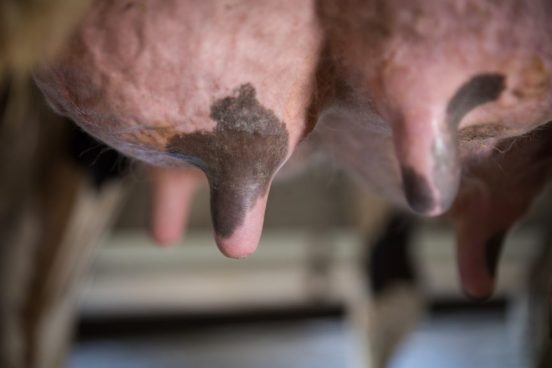
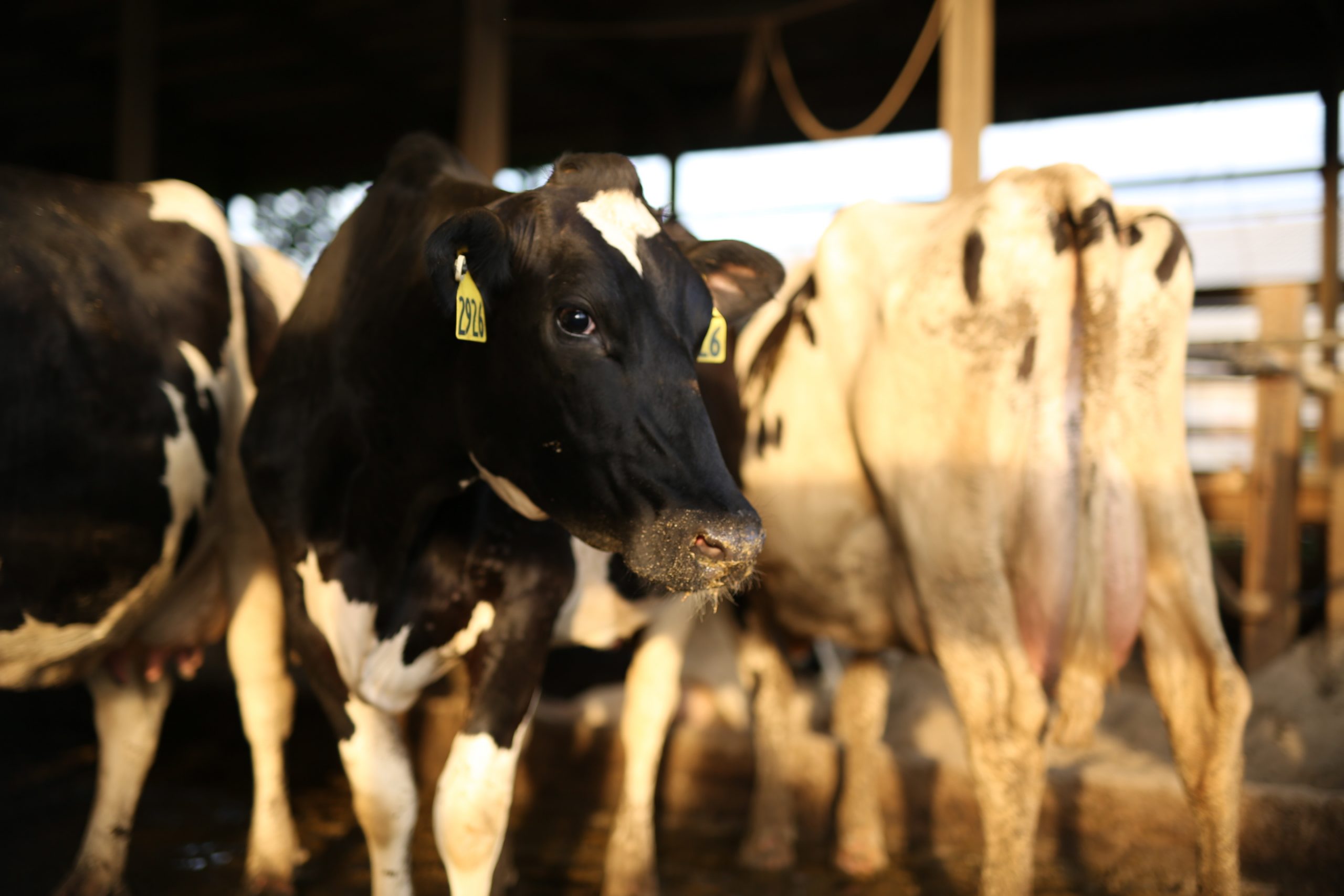
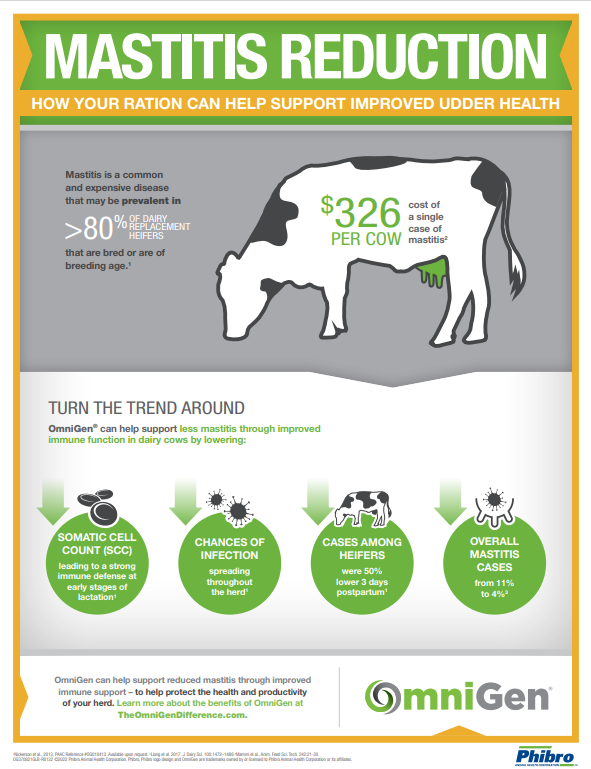
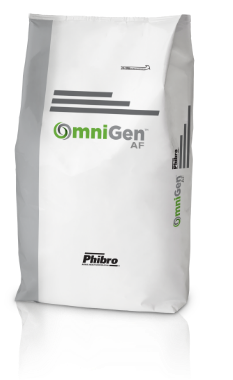
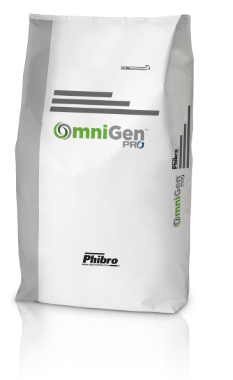
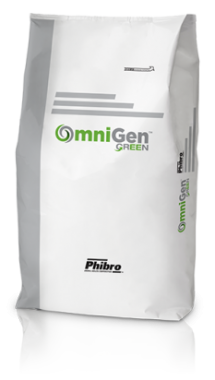
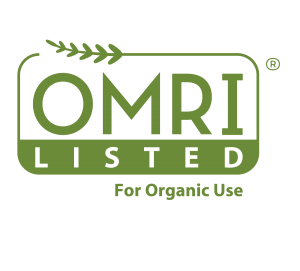 OmniGen Green is Organic Material Review Institute (OMRI) listed.
OmniGen Green is Organic Material Review Institute (OMRI) listed.